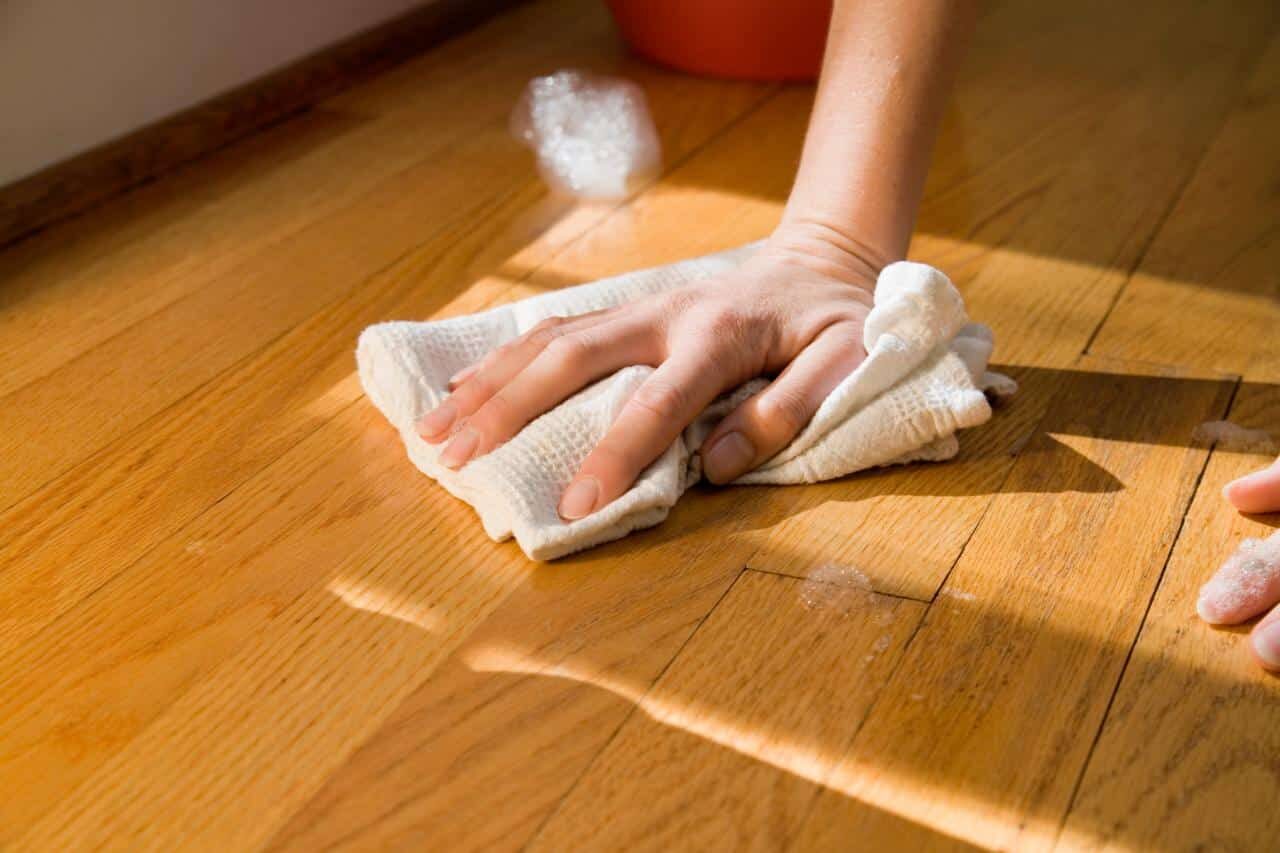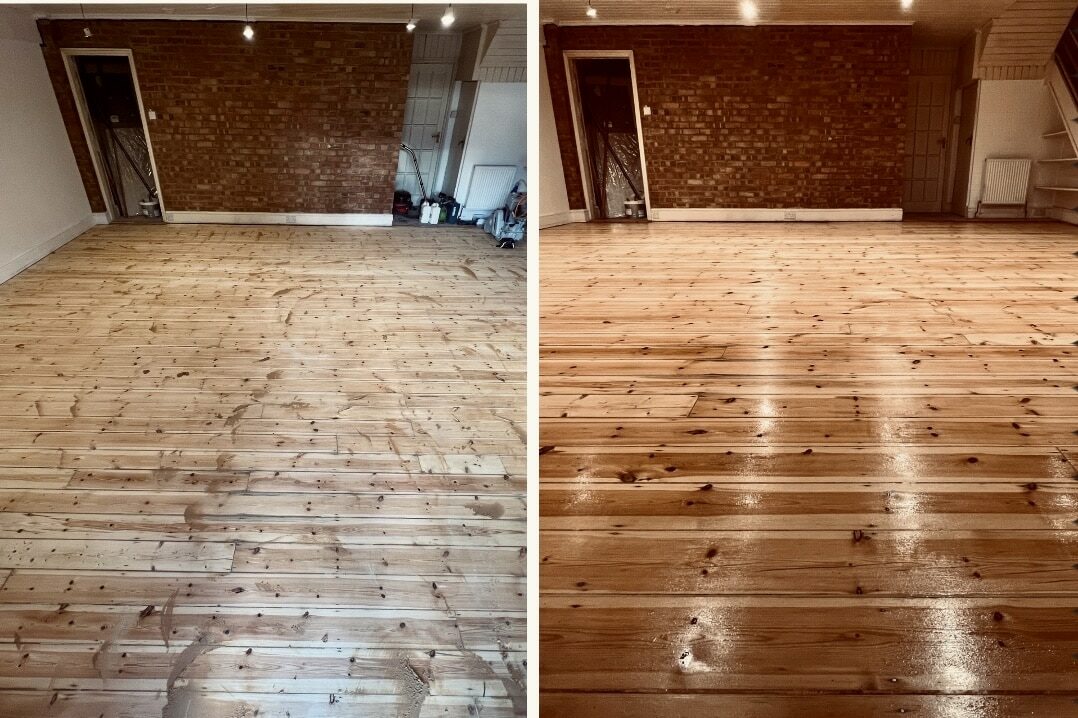London:
Nationwide:
Using Edge Sanding to Smooth Out Imperfections
Posted on September 1, 2023
Edge sanding
Using Edge Sanding to Smooth Out Imperfections: A Craftsmanship Journey
There’s something supremely satisfying about creating with our own hands. A unique connection with the material, a tangible sense of progression. Yet, woodworking, like life, is not always smooth. Imperfections creep in. But there’s a secret weapon we craftsmen have up our sleeves: edge sanding. It’s not just a step in the process; it’s a passage to perfection.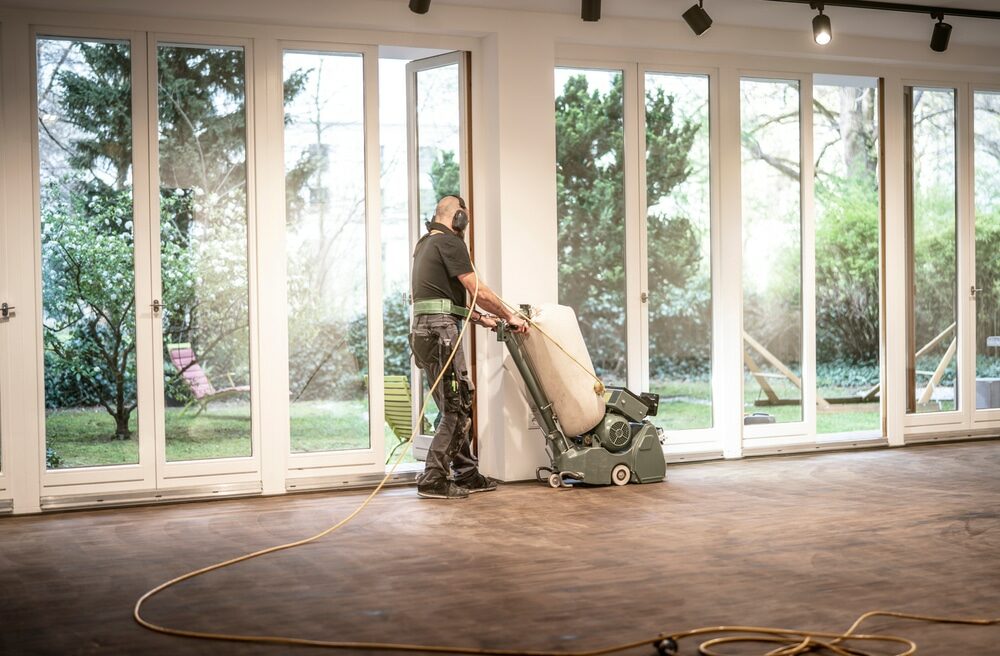
Embracing the imperfections
Before diving into the details of edge sanding, let’s get philosophical for a moment. Why bother smoothing out the imperfections? I like to think of each nick and bump as a story. A slight miscalculation with a chisel or a tad too much pressure with a plane It’s the narrative of creation. But sometimes, these stories disrupt the final narrative we aim to tell. That’s where edge sanding comes in. It’s the editor’s pen for the craftsman, refining and honing the piece until it sings a harmonious song.The beauty of edge sanding
If you’re new to the woodworking world, edge sanding might sound overly technical. Yet its beauty lies in its simplicity. An edge sander, typically a belt sander turned on its side, is specifically designed to smooth out the edges of a piece of wood. Unlike your typical handheld sander, it offers precision and stability thanks to its stationary design.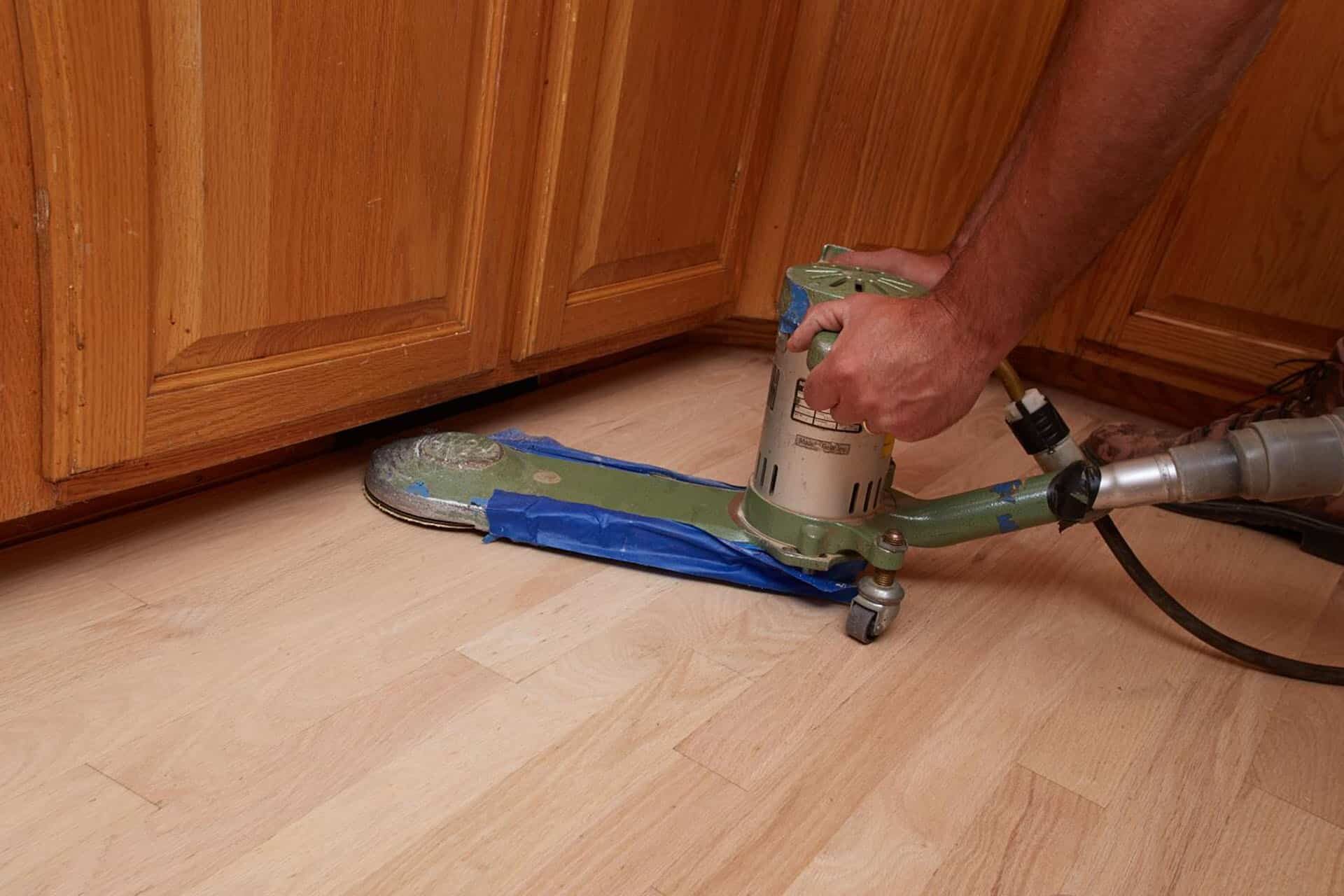
Why not just use a regular sander?
Ah, the age-old debate. Some purists swear by their handheld devices, and there’s a time and place for them. However, if you’ve ever tried to smooth an edge with one, you’ll know it’s akin to trying to write a novel using only crayons. You can do it, but why would you? Edge sanders provide consistent pressure and speed. They ensure that the entire edge is sanded uniformly. The attached table allows you to adjust the angle, granting you precision that handhelds can’t match.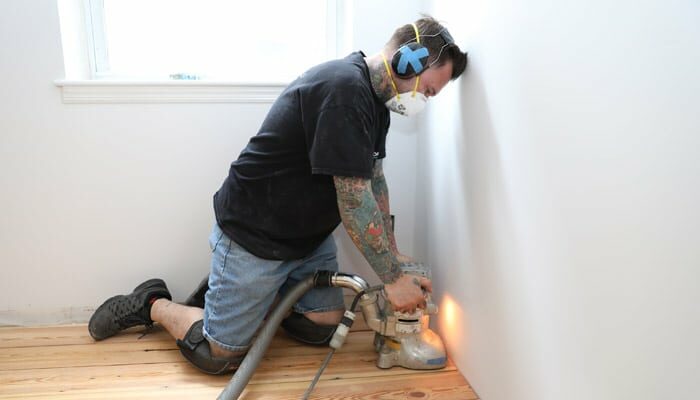
The Technique: More Art than Science
Using an edge sander is an experience. First, there’s the machine’s hum, the vibrations that gently transfer to the wood and then to your hands. It’s tactile. It’s alive.- The Approach: Begin with your piece of wood held flat against the machine’s table. The edge to be sanded should be gently pushed towards the belt. Remember, it’s a dance, not a battle.
- The Angle: Adjust the table to get the angle you desire. For a standard edge, keep it flat. For bevels, set the desired angle.
- The Motion: Move the wood steadily across the belt. No rush. Let the machine do the work. Your job? Guide it, like a maestro leading an orchestra.
- The Check: Every few passes, stop and check your work. Feel the edge. Look for uniformity. Adjust your technique accordingly.
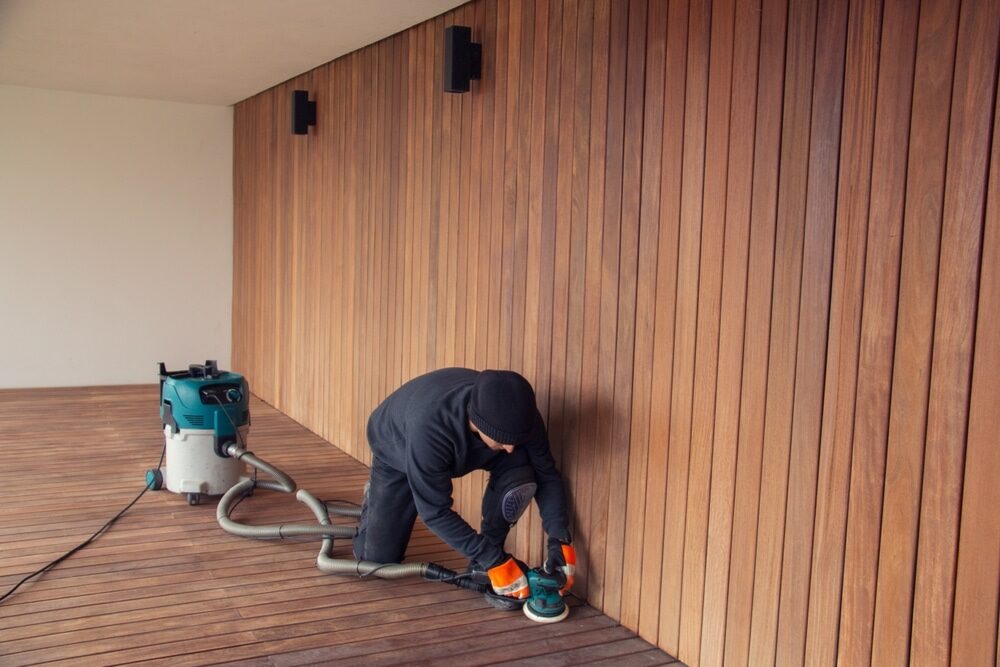
Safety, safety, and… Safety
Sorry to interrupt the poetic flow, but safety isn’t negotiable. Always wear safety goggles. Ensure the machine’s guard is in place. Keep your fingers away from the moving belt. And always, always focus. Remember, your work is only as good as your safety.Finishing Touches
After edge sanding, the wood will feel smoother, but there’s one final touch: hand sanding. A light hand sanding with fine-grit sandpaper will ensure your edges aren’t just smooth but positively silky.
Why Every Millimetre Matters
You see, when you’re working with wood, every millimetre and every tiny fraction makes a difference. A slightly misaligned edge can throw off the symmetry of a piece, make joints less secure, or even become a splinter hazard. Edge sanding, though a simple concept, requires a craftsman’s full attention. It’s about respecting the material, understanding its grains, its density, and its soul. For those few moments when the wood meets the sander, the world fades away, and there’s just the craftsman, the wood, and the relentless pursuit of perfection.The Symphony of the Grains
The sound of sanding is unmistakable. It’s the sound of transformation. Wood, with all its imperfections and character, is alive. As it meets the sander, you can almost hear the wood sighing in relief, shedding its blemishes, and embracing its new form. But it’s more than just removing imperfections. It’s about revealing the wood’s hidden beauty. Underneath those rough spots could be the most exquisite grain pattern, a whirl of nature’s art that’s waiting to be unveiled. Edge sanding brings out the contrasts, the waves, and the patterns. It’s like a sculptor chiselling away the excess to reveal the masterpiece within.Learning and Evolving
The more one engages in edge sanding, the more one evolves as a craftsman. You begin to develop a sixth sense, a gut feeling. You can tell by the sound or the slight vibration when you need to adjust your pressure or angle. The wood communicates, and over time, you learn its language. It’s not just about achieving a smooth edge; it’s about understanding the journey that brought this piece of wood to your workshop. Every ring and every grain has a tale, and while we might be smoothing out its rough edges, we’re also honouring its journey. With this profound understanding, let’s dive deeper into what edge sanding symbolises in the broader tapestry of life…The Metaphor of Edge Sanding
To wrap up, let’s revisit our philosophical start. Why does edge sanding resonate so profoundly? Much like life, the process of creation is filled with ups, downs, and imperfections. Edge sanding is a reminder that we can smooth out life’s rough patches with patience, care, and a touch of finesse. It’s not about erasing the past, but refining it. Creating a more polished story. So, the next time you face a challenge or a rough edge in life, remember your edge sander. Take a deep breath, adjust your angle, and smooth it out.Some Useful Links:
- Stairs Sanding & Refinishing
- Floor Sanding Services
- School Floor Sanding
- Wood Floor Restorations
- Wood Floor Repairs
- Wood Floor Polishing
More from our Blog:
Differences Between Edge Sanding and Drum Sanding Techniques for Edge Sanding Hard-to-Reach AreasChoosing the Right Sandpaper for Edge Sanding How to Achieve Professional Results with Edge Sanding The Importance of Edge Sanding in Floor Refinishing Hand Scraping for Parquet Floors: Enhancing the Beauty of Geometric Designs The Versatility of Hand Scraping Floors: From Modern to Traditional Design Sanding and Hand Scraping Combination Techniques for Custom Wood Floors Hand Scraping Techniques for Different Types of Hardwood Floors
Sanding
We provide virtually dust-free sanding with our continuous belt machinery with mobile extraction units, giving you a safer environment for your family.
Oiling
This organic finish not only adds beauty to your home but also has exceptional water-repellent characteristics, making it easier to clean and maintain.
Waxing
This natural floor finish offers the softest and most mellow appearance – and leaves your floor able to breath.
Buffing
Using soft buffing machines (and hand-polishing where required) will bring a wonderful sheen to your newly-finished floor.
Repairs
We offer a full assessment of your wooden floors to determine what repairs are needed to provide the perfect working surface for the later stages of sanding, staining and sealing.
Restoration
We offer a comprehensive restoration process designed to address floors that are improperly fitted or damaged over time through wear and tear.
Request a fixed price quote for your wood floor restoration now
Simply enter your postcode below to get started.
Services
Wood Floor Sanding Wood Floor Restoration Wood Floor Scratch Repair Squeaky Wood Floor Repair Parquet Floor Sanding Parquet Floor Restoration Commercial Floor Sanding Church Floor Sanding Community Centre Floor Sanding School Floor Sanding Gap Filling Gap Filling with ResinCopyright © Mr Sander®
Privacy & Cookies Terms & Conditions Complaints Procedure Cancellation Rights Sitemap
